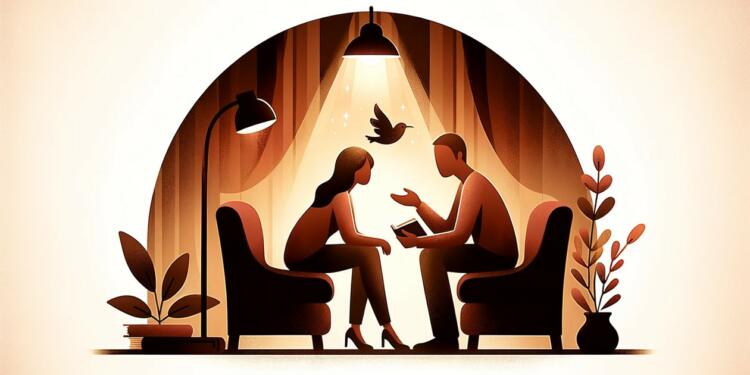Domestic violence is an issue that affects individuals in various forms, transcending age, gender, and socioeconomic status. Still, discussing it can be difficult due to misunderstandings and the sensitivity surrounding the experiences of survivors. Starting a dialogue about domestic violence requires more than just good intent; it demands a well-informed approach. In this article, we will explore how to foster meaningful discussions, identify signs, provide emotional support, acquaint ourselves with relevant legal resources, and engage in community initiatives to counteract domestic violence.
Legal and Support Resources for Victims

Knowledge of legal and support resources is fundamental for anyone involved in conversations about domestic violence. This is where services like domestic violence lawyers Las Vegas can offer legal counsel and representation. Having a trustworthy lawyer is a must if you’re a victim of domestic violence. They can help you obtain protection orders, guide divorce or separation processes, and protect your rights. By seeking legal representation, you are taking a proactive step towards breaking free from an abusive relationship and securing a safer future.
Shelters and hotlines are critical resources that provide immediate safety and support. It’s useful to have contact information for local services that can aid in crises. Organizations often also offer counseling, financial aid, and assistance with housing, contributing to a holistic approach to support and recovery. Legal avenues for protection can include restraining orders or children’s custody arrangements, which ensure the survivor’s safety.
It’s also useful to understand the process of documenting abuse and gathering evidence, as this information can be vital in any potential legal proceedings. Empowering victims with knowledge about their rights and available resources allows them to make informed decisions. Support organizations can offer guidance through complex legal systems and emotional recovery too.
Recognizing the Signs: Behavior Patterns and Red Flags
Abusive relationships often follow a pattern known as the cycle of violence, which includes a tension-building phase, an abusive incident, and a honeymoon phase. Recognizing this pattern is necessary for identifying potentially dangerous situations. Red flags can include abrupt changes in behavior, isolation from friends and family, unexplained injuries, or frequent absenteeism from work or school.
Other subtle signs include the victim’s sudden loss of self-esteem, constant anxiety about their partner’s reactions, or compulsive excuses for their partner’s behavior. It’s important not to ignore these signs, as they might indicate an underlying pattern of abuse. Approaching the situation delicately and without judgment can enable the victim to feel safe and supported.
For friends and family members, you need to observe changes in relationship dynamics. Abusers often exhibit controlling behavior, such as monitoring their partner’s whereabouts, dictating what they wear, or limiting their access to money. When these behaviors emerge, they can be early indicators of an abusive relationship.
Empathetic Engagement: Approaches to Supportive Conversation

Starting a conversation about domestic violence should come from a place of empathy and support. You need to prioritize the victim’s emotional safety, allowing them to lead the conversation. Offering a judgment-free ear demonstrates to the victim that their voice is heard and valued. Active listening is more than just being silent; it’s about engaging with the speaker’s emotions and validating their experiences.
Asking open-ended questions can encourage the survivor to express their feelings and situation. Comments such as “I believe you” or “You are not alone” can provide significant emotional support and strength. Respecting the survivor’s autonomy and decision-making is crucial. Often, well-meaning individuals may push for action like leaving the abuser or going to the police. However, the victim must decide when and how to take these steps.
You have to provide information and support without pressing for specific actions that may not yet feel safe for them. Understanding the complexities of domestic violence also means acknowledging that leaving an abusive situation is a process, not a single decision. Continued support through this process, whether through encouragement or simply being there to listen, can have a transformative impact on a survivor’s journey toward recovery and empowerment.
Overall, informed conversations about domestic violence require a multi-faceted approach that includes understanding the complexities of abuse, recognizing the signs, engaging empathetically, offering knowledge about resources, and promoting community involvement. When armed with information, empathy, and commitment to action, each of us can contribute to creating a safer and more supportive environment for survivors of domestic violence.

































